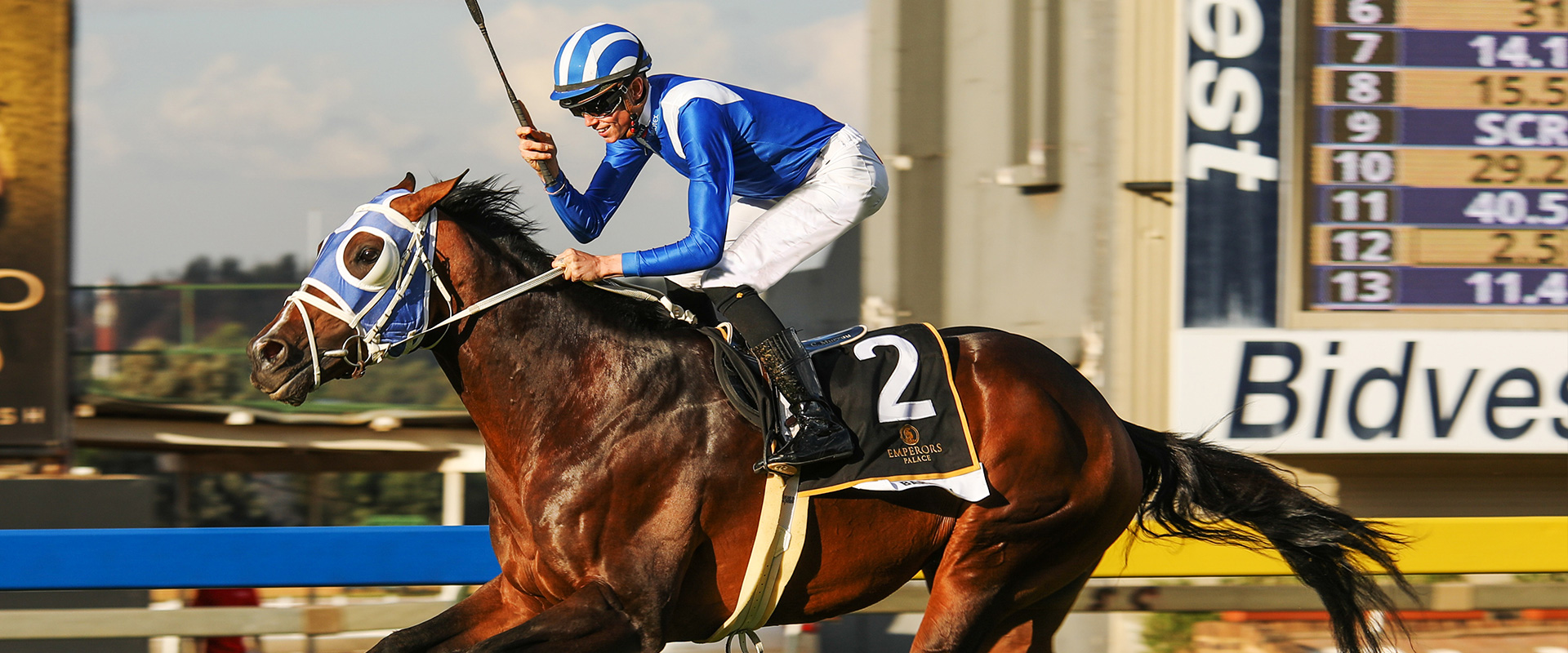Equine metabolic syndrome (EMS) has not yet been thoroughly defined and many scientists suggest that more research should be carried out before we can fully appreciate how to define this disorder. Currently, however, EMS describes a series of clinical signs that may increase the risk of the horse developing laminitis.
EMS can be defined as both a metabolic and hormonal disorder. It is primarily a metabolic disorder as affected animals are metabolically efficient. They are what we commonly refer to as “good doers”. These are horses or ponies that become obese on even a minimal diet. EMS, however, is also an hormonal disorder as a result of insulin deviations, causing the condition Insulin Resistance.
Insulin Resistance (IR) is a reduction of the horse’s ability to respond appropriately to the hormone insulin. Insulin is involved in the uptake of glucose from the bloodstream after eating as well as the storage thereof in cells. In cases of IR, this system no longer functions properly. (Dickvetequine 2011). Over time, the pancreas starts to compensate for this by secreting more and more insulin to control rising blood sugar, causing blood insulin concentrations to rise above normal range in horses with EMS, leading to its diagnosis. While IR is associated with laminitis, it is still unknown what the actual causative factor is. It is thought that IR may cause inflammatory responses resulting in full laminitis.
Signs of EMS
• Obesity- not all horses are obese but it is generally the most common sign of EMS.
• Regional fat deposits- a big “cresty neck,” fat pads near the tail, fat accumulation in the sheath/near the mammary gland
• Insulin resistance
• Laminitis
Which horses get EMS?
While any breed can be affected by EMS, it is most commonly seen in ponies and breeds that tend to be “good doers” such as Welsh ponies and Boerperde. This disorder is often observed in horses that are between 5 and 15 years old. It is now thought that there may even be a genetic link with EMS.
Diagnosing EMS
EMS is typically suggested when the horse or pony shows one or more of the above signs. Horses can be screened for insulin resistance by collecting blood samples after the horse has fasted for approximately six hours and then measuring the glucose and insulin concentrations. If the horse or pony has an abnormally high insulin concentration with a glucose concentration that is still within reference range, insulin resistance can be confirmed, and no further testing is required. In more complex cases more detailed tests may need to be carried out.
Managing EMS
The starting point in the management of EMS is weight loss in those horses that are obese. Most of these horses are good doers and can become fat on even poor grass and hays, therefore weight loss must be achieved through diet reduction and exercise together. However, exercise should only be initiated if no laminitic signs are seen. Horses with EMS should be put on a diet low in Non Structural Carbohydrates (NSC). NSC are absorbed into the blood as glucose. Glucose stimulates the production of insulin and thus further exacerbates conditions such as EMS.
NSC are present in large quantities in cereal grains like oats, maize, barley, sorghum, molasses and in by-products such as rice bran, wheat bran and pollard. NSC may also be present in large amounts in some pastures and hays, especially rye grass and oat hay. Weather damaged lucerne hay and stemmy, mature pasture hay are most likely to contain suitably low levels of non-structural carbohydrates
Soaking hay can reduce the amount of simple sugars in this roughage and it is therefore the most ideal solution for most metabolic ponies. Soaking should take place for 45mins-1 hour to ensure the maximum amount of simple sugar is removed from the hay. It is advised that most horses should be fed between 1% and 2% of bodyweight daily. The lower end of the range should be used if weight loss is desirable. Soaking hay is an excellent way of removing sugars but it also removes essential vitamins and minerals. These must thus be replaced in the diet to ensure good health. The simplest way to achieve this is to feed a balancer pellet, such as Equus’ All Time Balancer . Balancers are low in energy (and thus low in calories), but are packed full of essential vitamins and minerals, thus giving the horse the maximum nutrients without unnecessary calories. Pasture access should be limited to a couple of hours a day and, in addition, all treats such as commercial treats, apples and carrots which can all be high in sugars, should be eliminated.
Although the majority of EMS horses are overweight, this is not always the case. If extra energy is needed, then using a feed such as Equus’ Safe ‘n Lite, which is low in NSC and contains high levels of fibre and oils, which allows the underweight, or working, EMS horse to be fed safely. Oil must be metabolised by the liver before being used as energy and does not stimulate insulin production.
As with any new feed, it should be introduced to the diet slowly over several weeks.
Info taken from:
www.ed.ac.uk/…/dvepfactsheet-cushingsdiseaseandequinemetabolics.
www.ker.com/library/equinews/v9n2/v9n214.pdf




